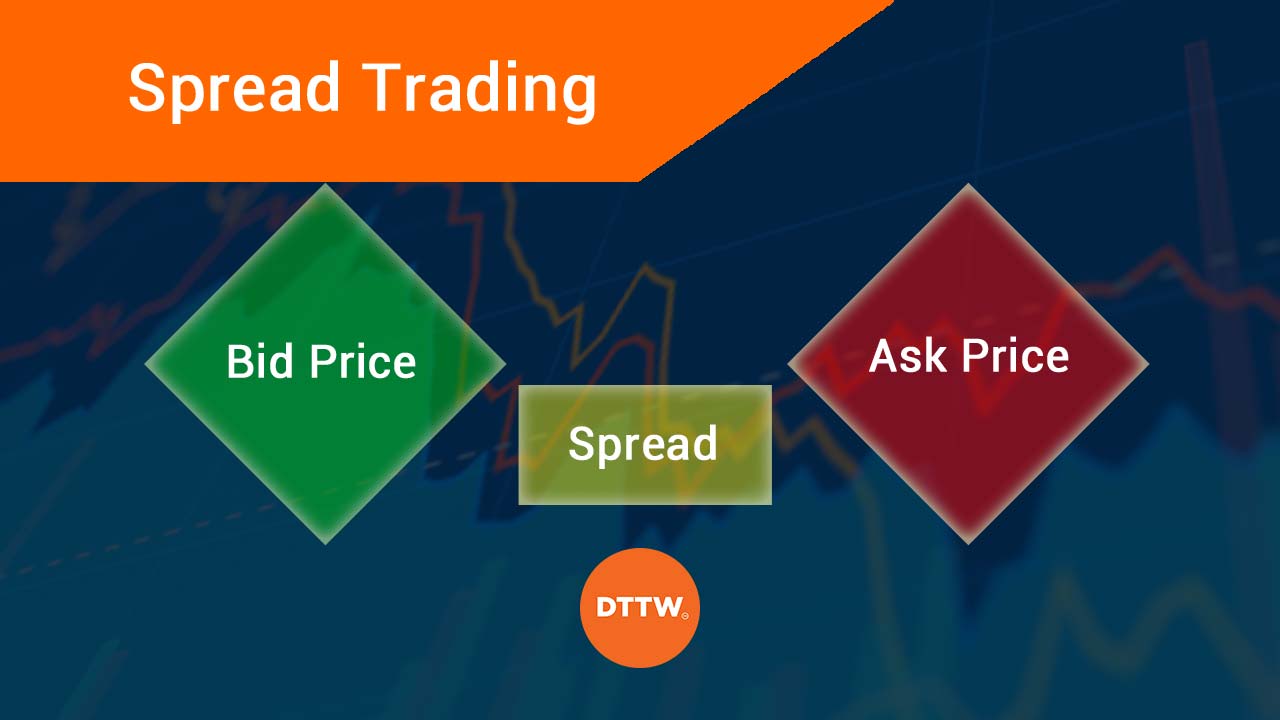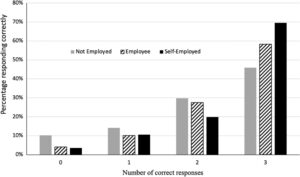What Is Trading Spreads
Trading spreads offer traders a great opportunity to take advantage of the markets by utilizing the power of leverage. It can be an effective way to realize profits in both up and down markets while mitigating risk through careful selection of strategies. For those unfamiliar with trading spreads, this article will provide an overview of what they are, how they work and the different types available. In addition, it will shed light on some of the risks associated with trading spreads.
Definition of Spread
A trading spread is an important concept to understand when engaging in investment activities. Simply put, a trading spread is a difference between buying and selling prices of a particular asset. It is determined by supply and demand cycles that are constantly fluctuating in the market. A trading spread can be applied to stocks, commodities, derivatives, futures contracts and other investments.
The size of the spread will always depend on the market conditions at any given time. Factors like liquidity, volatility and availability of buyers or sellers all play into how wide or narrow a spread can become.
If there are more buyers than sellers for a certain asset then it would create an increase in price due to higher demand creating a wider spread. Conversely, if there were more sellers than buyers it would cause downward pressure on the price creating a narrower spread.
Types of Spreads
Spreads can be based on different types of securities, including stocks, bonds, indexes, commodities, currencies and more. There are several different types of spreads available to traders.
The first type of spread is an intraday spread. This type of trading spread occurs when a trader buys an asset at one price and then sells it at another within the same day. Intraday spreads take advantage of price movements throughout the day in order to make profits from small fluctuations in prices.
Another popular type of trading spread is called a credit spread. Credit spreads involve using two different options contracts that have opposite positions in order to receive a net credit from entering into both trades simultaneously.
Benefits of Trading Spreads
One benefit to trading spreads is that you are able to limit exposure to market risk by hedging against volatility in price or yield fluctuations. By combining two different securities, traders can reduce the overall level of risk associated with each security individually, thus creating a more balanced portfolio.
Additionally, by buying one asset and simultaneously selling another, traders are able to create leverage by leveraging their capital base while allowing them to remain within their desired exposure limits.
Disadvantages of Trading Spreads
One of the main disadvantages of trading spreads is that they are often difficult to predict or track. Market conditions can change rapidly, making it hard to accurately gauge how much money one stands to gain or lose from a spread trade. Additionally, margin requirements for spread trades tend to be high, so traders may need more capital in order to execute their trades than if they were simply investing in stocks or bonds on their own.
Another disadvantage of trading spreads is that they can be expensive due to commissions charged by brokers or other fees associated with the transactions.
Strategies for Trading Spreads
It involves taking two different positions on a single security or asset class, allowing traders to take advantage of price fluctuations and profit from both rising and falling prices. While it can be an effective way to make money, there are a few things that traders should keep in mind when engaging in trading spreads.
First, it’s important for any trader to understand how pricing works before engaging in spread trading. By understanding how pricing works, it will be easier for traders to identify entry points and manage risk properly.
Second, it’s also important for traders to choose the right strategy when trading spreads – whether they want short-term or long-term gains. This will help them plan their investments better and have a higher chance of success with their trades.
Conclusion
The article, “What is Trading Spreads?” has explored the different types of trading spreads and their uses. We have looked at how traders use these strategies to limit their risks while taking advantage of market opportunities. We have also discussed how traders can properly calculate a spread and determine its profitability.
In conclusion, trading spreads are an important tool for any trader looking to minimize losses while taking advantage of market trends. Spreads can be used in various circumstances, such as hedging against a particular stock or using them as part of an arbitrage strategy.
To maximize profits with trading spreads, it is important to understand the different types available and to be able to accurately calculate their potential returns. Additionally, traders should always remain mindful of the associated risks when entering into any type of spread position.










Be First to Comment